Optimal Timing for Land Clearing
Land clearing involves removing trees, shrubs, and other vegetation to prepare a site for development, agriculture, or other uses. Timing can significantly impact the efficiency and safety of the process. Understanding seasonal patterns and weather conditions is essential for optimal land clearing operations.
Spring is ideal for land clearing due to moderate weather and dry conditions, facilitating easier removal of vegetation and soil preparation.
Summer offers longer daylight hours but can bring higher temperatures and occasional drought conditions, which may complicate clearing efforts.
Fall provides cooler temperatures and often drier soil, making it suitable for land clearing before winter.
Winter may pose difficulties due to frozen ground and increased moisture, which can hinder machinery operation and increase soil compaction.
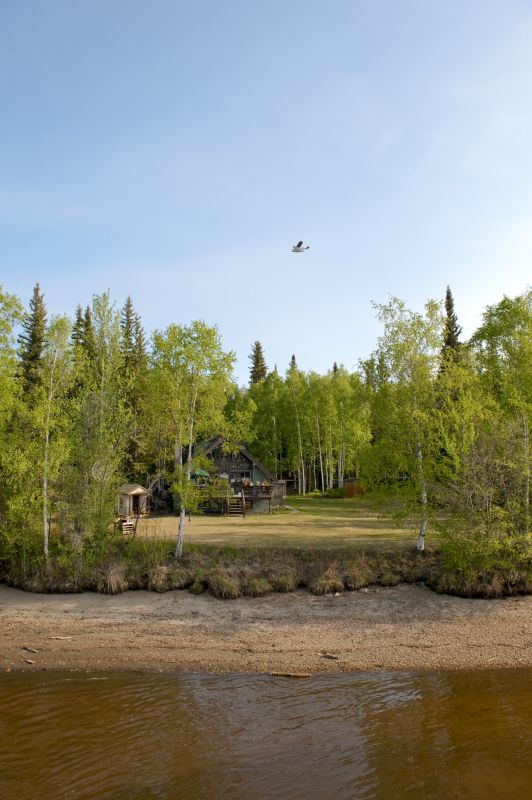
Spring landscape showing active vegetation removal.
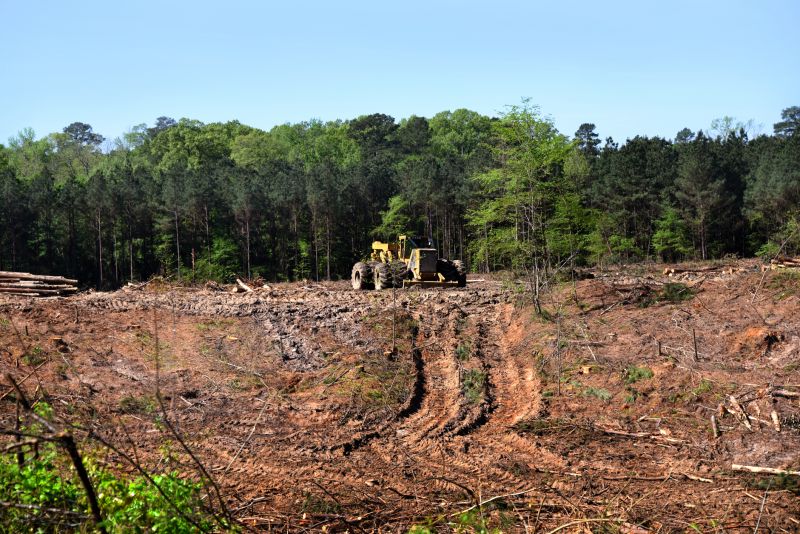
Summer scene with machinery clearing land.
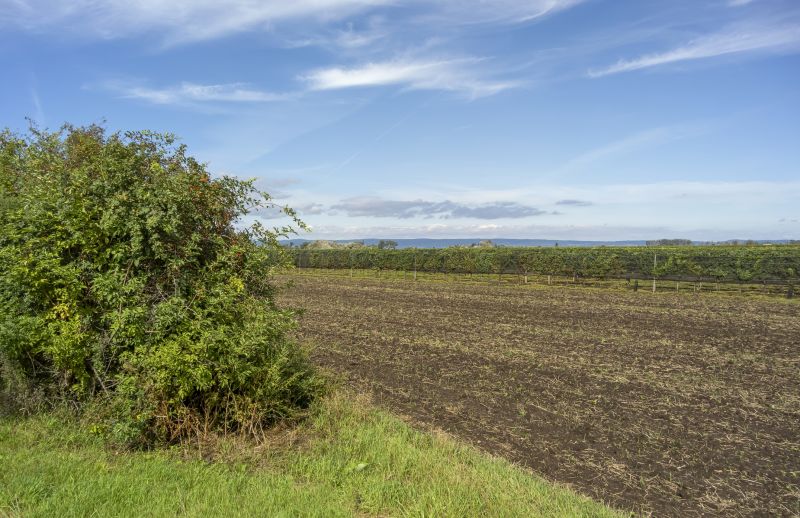
Autumn landscape with cleared land ready for development.
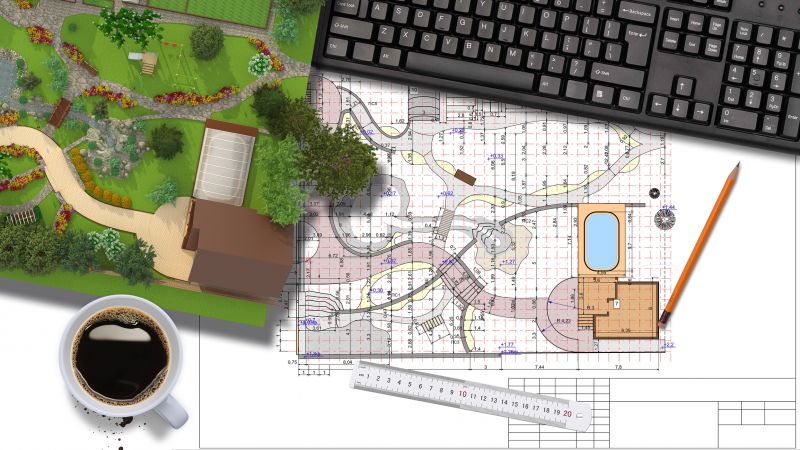
Ways to make Land Clearings work in tight or awkward layouts.
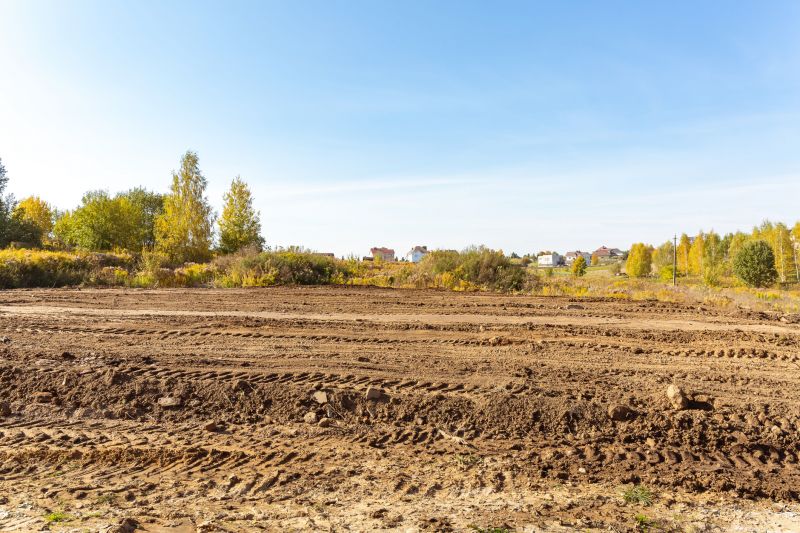
Popular materials for Land Clearings and why they hold up over time.
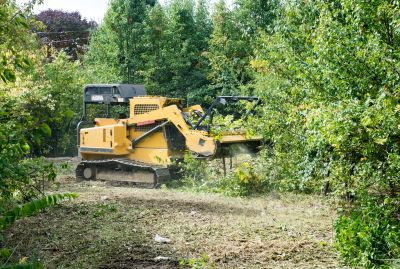
Simple add-ons that improve Land Clearings without blowing the budget.
| Season | Ideal Conditions |
|---|---|
| Spring | Moderate temperatures, dry soil, active plant growth |
| Summer | Long daylight, potential drought, higher temperatures |
| Fall | Cooler weather, drier soil, pre-winter preparation |
| Winter | Frozen ground, increased moisture, limited access |
Optimal land clearing depends on weather patterns and seasonal changes. Spring and fall are generally preferred due to favorable soil and weather conditions, which allow for more efficient vegetation removal and site preparation. Summer can be suitable with caution, especially in cooler regions, while winter is typically less ideal due to frozen or saturated ground conditions.
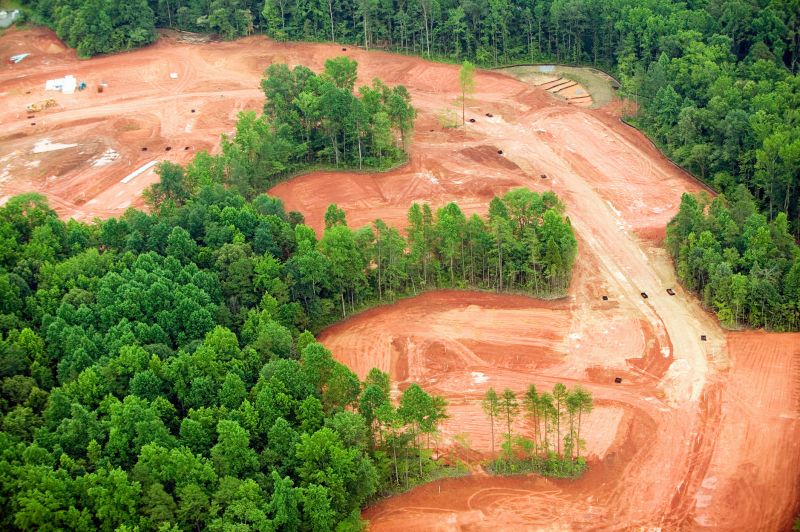
A freshly cleared land area during spring.
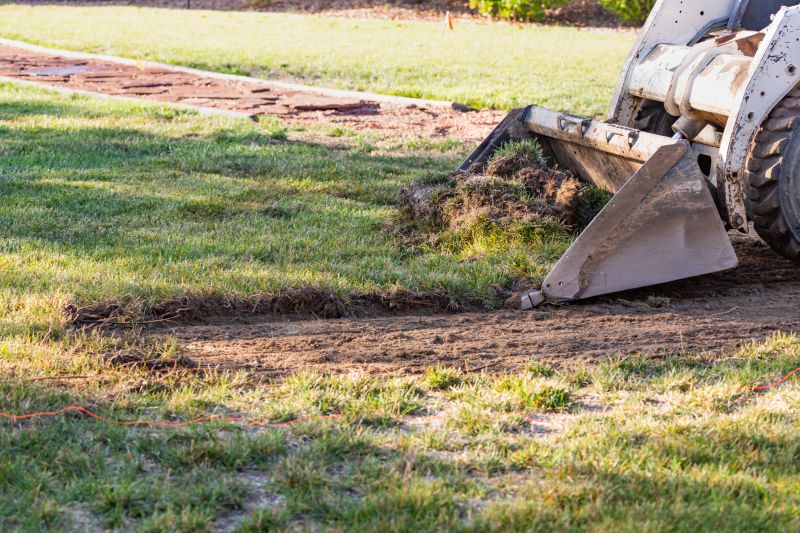
Machinery actively clearing land in summer.
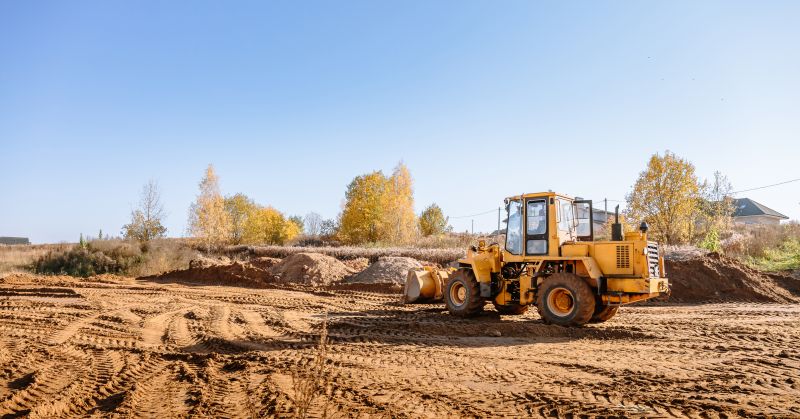
Land prepared for construction in fall.

Limited land clearing activity in winter.
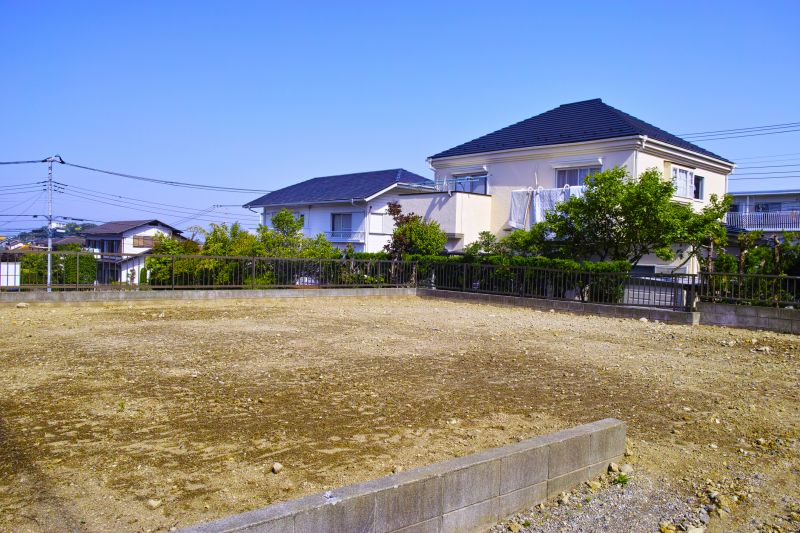
High-end options that actually feel worth it for Land Clearings.
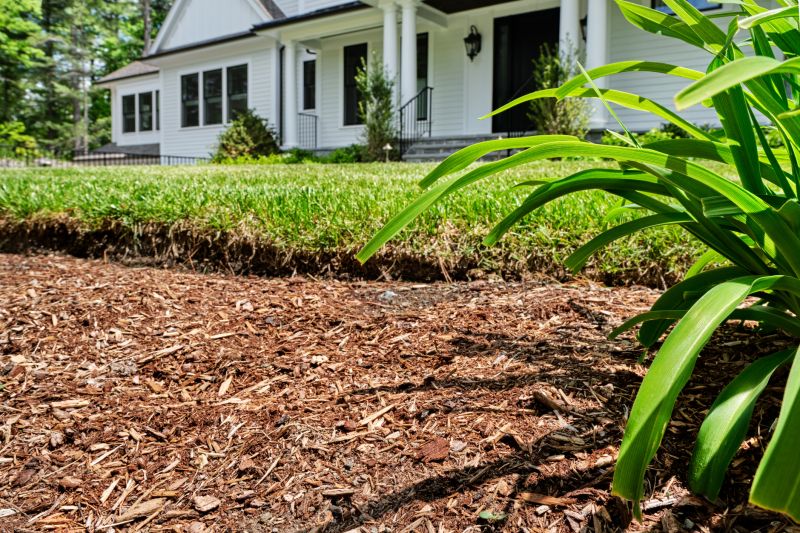
Finishes and colors that play nicely with Land Clearings.

Little measurements that prevent headaches on Land Clearings day.

A 60-second routine that keeps Land Clearings looking new.
Understanding the best time for land clearing can improve project outcomes and reduce operational challenges. Planning around seasonal weather patterns ensures efficient use of resources and minimizes delays. Consulting with land clearing professionals can provide tailored advice based on local climate conditions.
Interested in scheduling land clearing services? Fill out the contact form to get more information and assistance.
